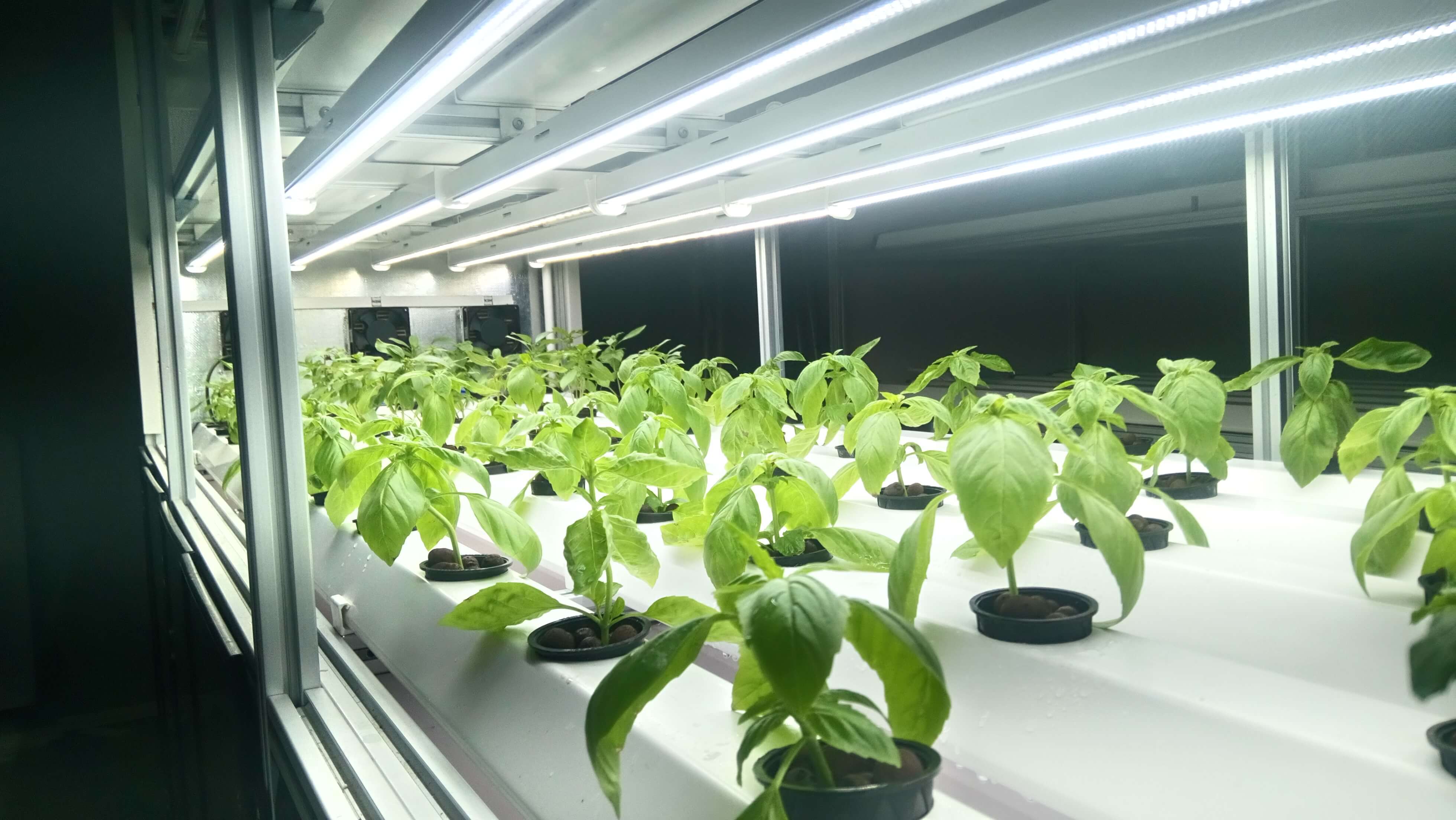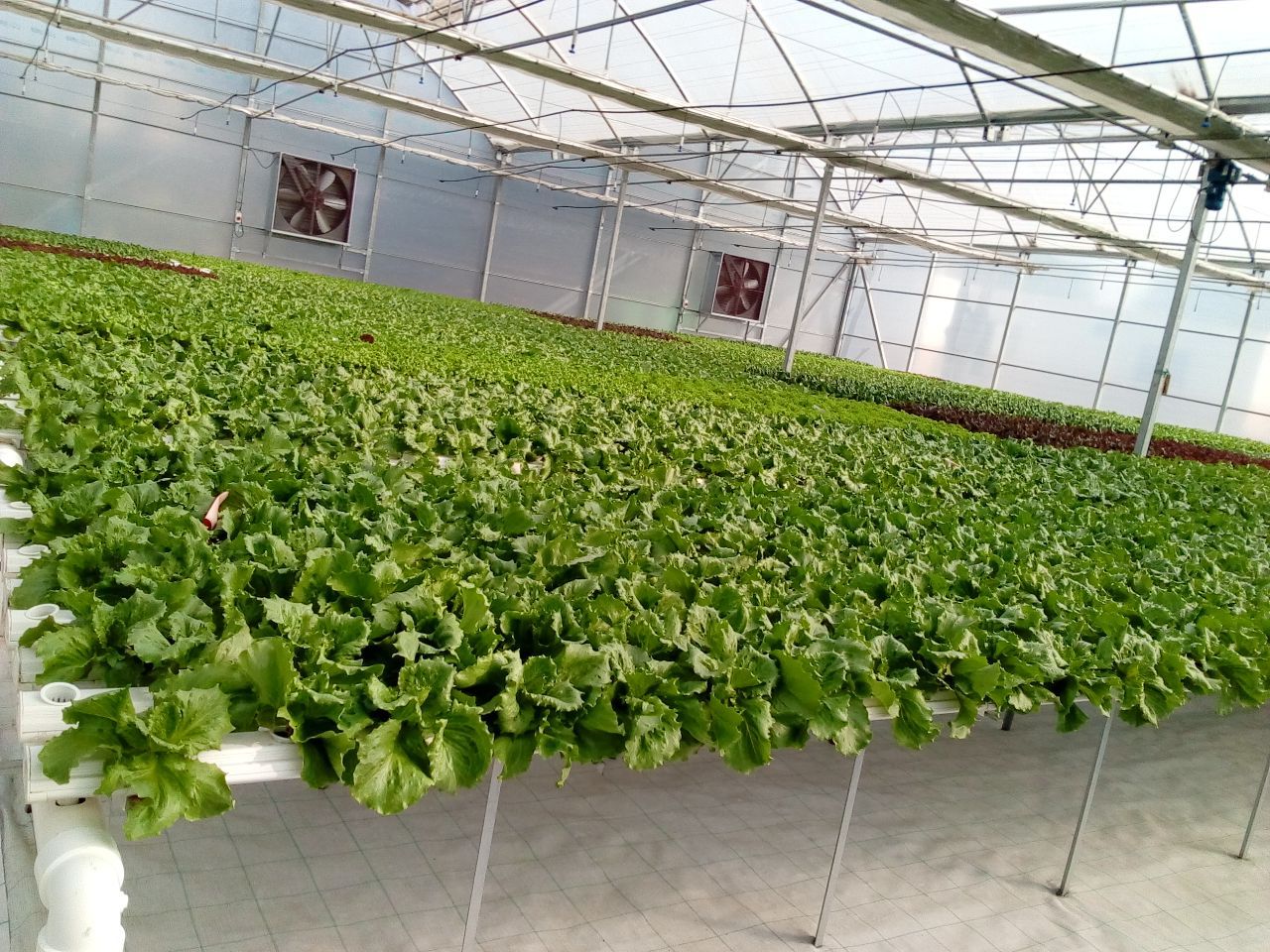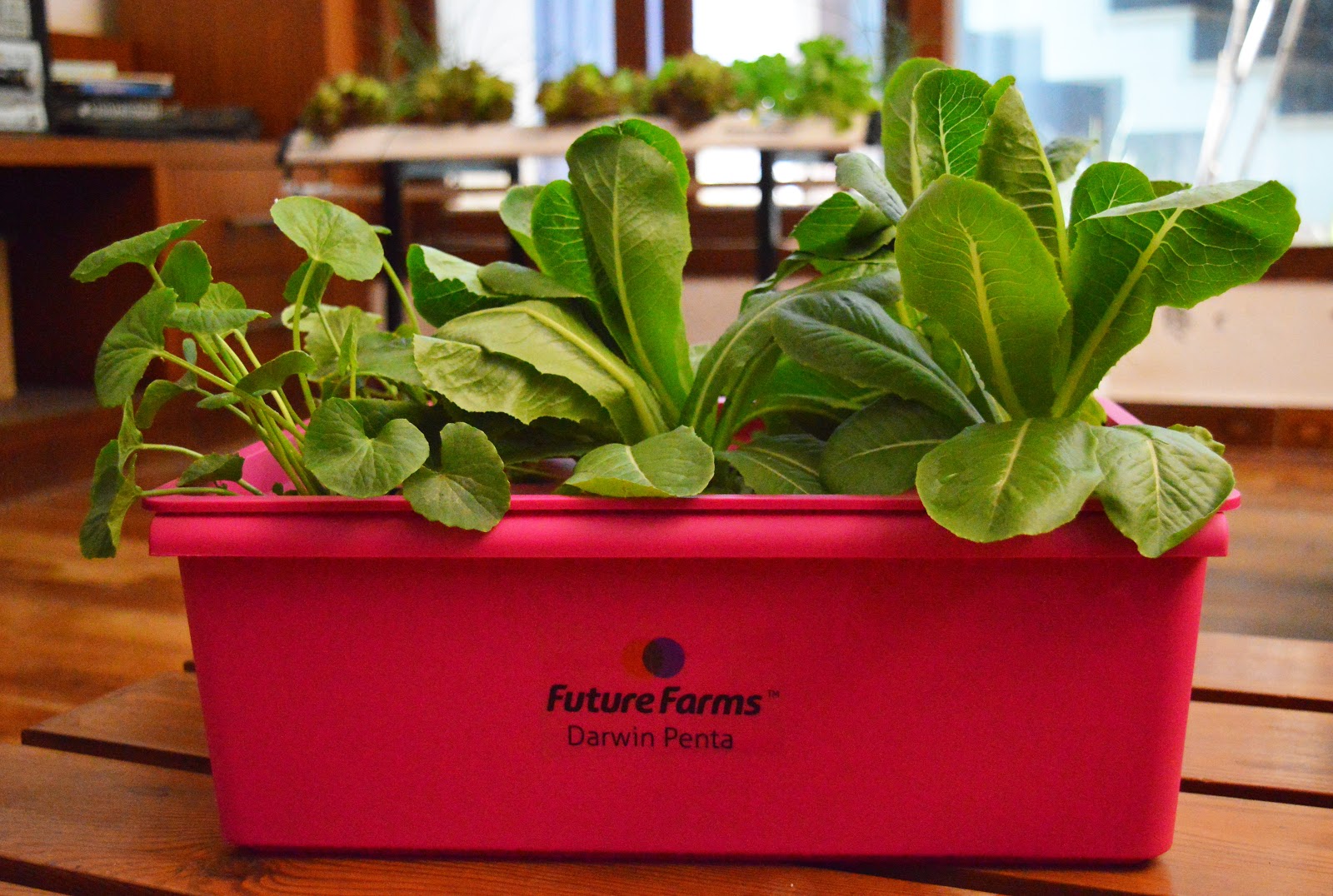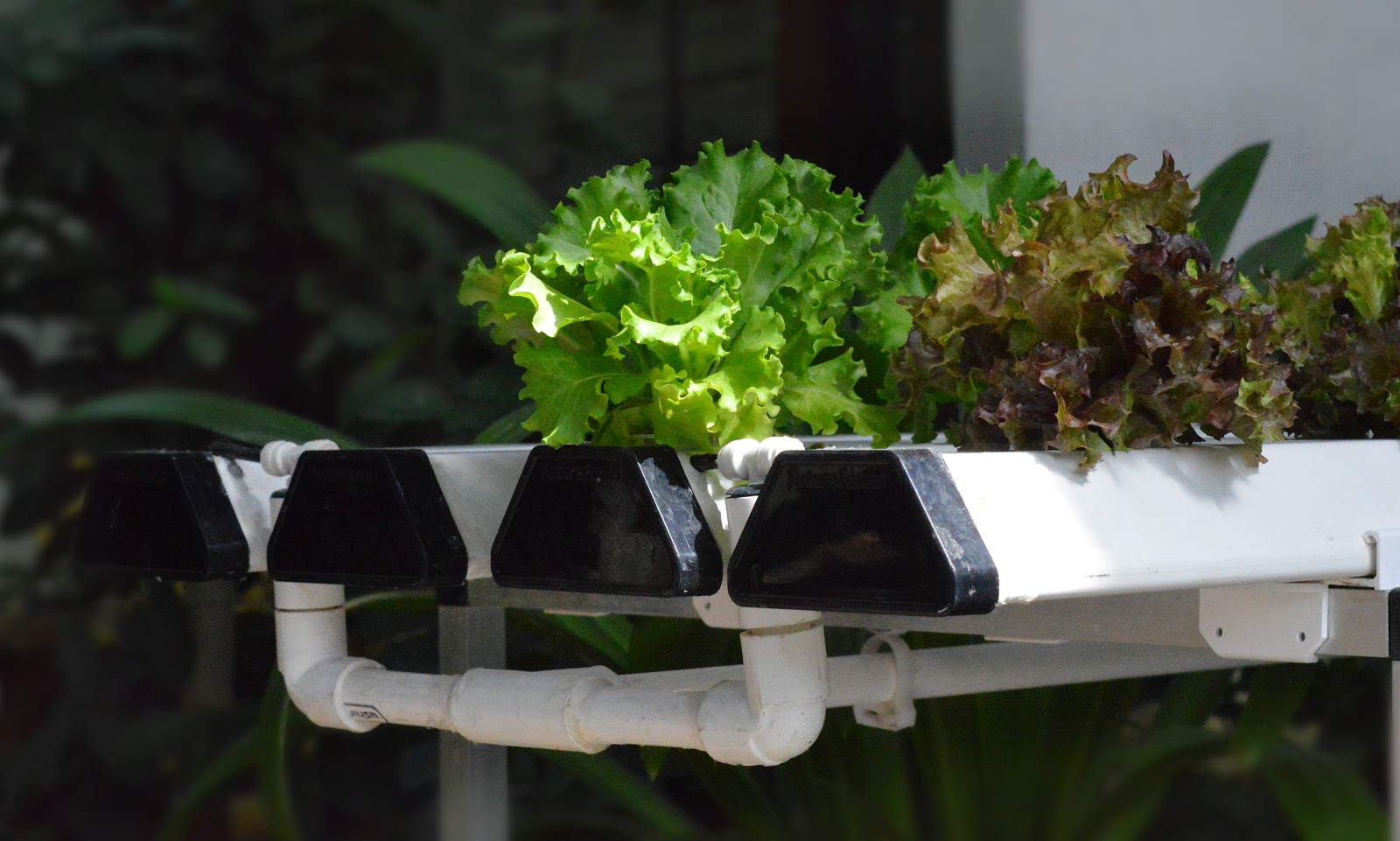
Indoor and Outdoor Hydroponic Gardening
Indoor and Outdoor Hydroponic Gardening
With the advent of commercial hydroponics and other soilless methods of farming, indoor cultivation has gained a lot of traction. India has a few areas such as Bangalore where the weather is mild enough to suit gardening with hydroponics outdoors for the entire year with good management practices, and appropriate crop selection. However India has a lot of places where it is difficult to grow a large variety of crops due it’s harsh climatic conditions outdoors. The main impediment to farming indoors is the lack of sunlight which is required for plant growth. With a climate controlled polyhouse you can operate just like an indoor garden, with the exception that you will have access to an abundance of sunlight and easy air exchanges to keep your hydroponic crop healthy and happy above the root system. If however you wish to grow indoors where there is no access to sunlight, you will need to use grow lights. With the help of grow lights and a climate controlled setup, one can ideally grow any crop at any time of the year irrespective of the natural climate.
The same hydroponic system which you would use to grow outdoors can simply be moved indoors and grown on with the help of grow lights. Please check out our blog posts on how to choose the best lights for your hydroponics system if you’re looking to move your hydroponic plants in India indoors. Apart from the access to light, growing indoors or outdoors with hydroponics entails more or less the same kind of effort and maintenance. The primary drawbacks of growing outdoors is that you’re limited to choosing crops which will grow well in your prevailing climate and since you’re not in a protected environment your plants face the threat of pest and fungal attacks. While indoor growers don’t face these issues, it is a far more expensive method of hydroponic farming both in terms of capital expenditure and operating costs.
Both methods of Hydroponic farming have their limitations and benefits. While outdoor hydroponic farming is cheaper, it is subject to climate and may fall prey to pest attacks. Indoor hydroponic farming albeit more expensive gives a farmer more control over their growing conditions and hence can achieve better and faster growth. If you have a hydroponic kit in Chennai, try outdoor farming in the winter months and move your system indoors for the Summer. Compare your results and let us know which works better for you!




